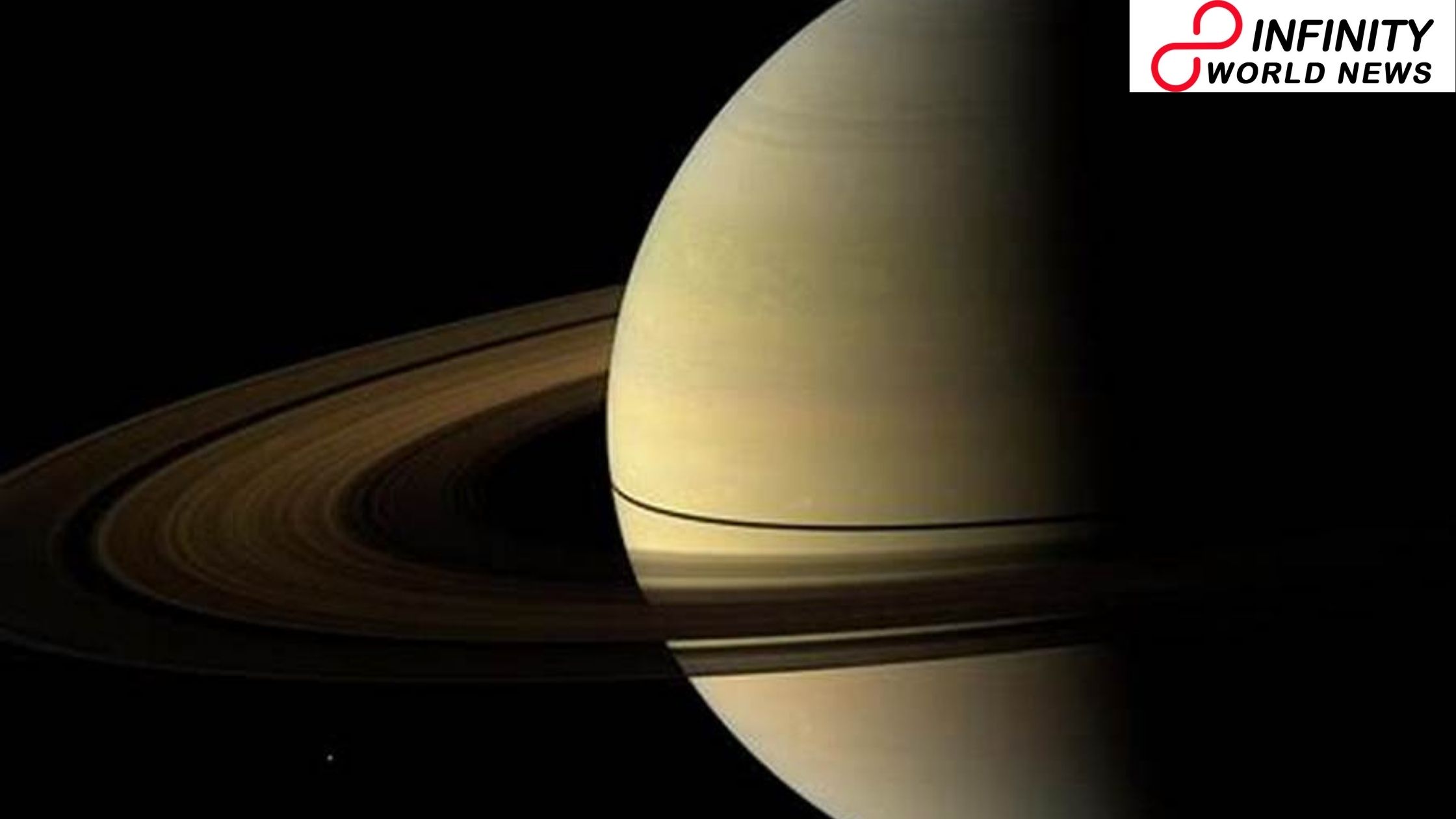
If you thought just Earth was adequately fortunate to be honoured with oceans and lakes, at that point reconsider. Numerous planets have their adaptations of “water bodies” even though it may not be water that frames these fluid bodies. One such space rock to have various fluid designs is Saturn’s moon Titan. In most recent information delivered by analysts, they have uncovered that the giant ocean on the moon, Kraken Mare, is more than 1,000 feet down.
NASA is consistently looking for planets and moons to discover hints of water. Even though H2O is elusive, the office has found lakes and seas made with an assortment of fluid synthetic substances on individual planets. Saturn was the focal point of NASA’s Cassini rocket that made a couple of flybys around the moon Titan. It was a joint effort between NASA, European Space Agency, and Italian Space Agency to explore its moons and rings.
While the mission finished in 2017, the immense measure of information collected by the speciality is filtered through and investigated. As indicated by NASA, a large portion of the streams and lakes on Titan are fluid methane.
They uncovered that there were various lakes, streams, and oceans of hydrocarbons on the moon’s surface in a past delivery. Hydrocarbons are aggravates made of hydrogen and carbon, generally found in oil and petroleum gas on Earth.
As indicated by the most recent examination, Kraken Mare contains 80% of the moon’s surface fluids. The size is gigantic to the point that it can typify the entirety of America’s five Great Lakes inside. The substance of the lake is a combination of ethane and methane.
A few researchers speculate that Titan’s current circumstance, hydrologic structure, etc. can be a model of Earth’s initial climate. As indicated by the lead creator of the examination, Valerio Poggiali, the source of fluid methane is somewhat astounding. The sun based light on Titan is multiple times more vulnerable than Earth. The climate continually changes over the methane content in the environment into ethane. So in ten million years, the whole surface save of methane ought to be drained, contends Poggiali.
They likewise noticed another lake on a superficial level which is named Moray Sinus. It is a lot more modest at 280 feet down (when contrasted with the 1,000ft profound Kraken Mare).
Poggiali revealed to ScienceDaily that we might have the option to board a vessel and take a voyage on these lakes one day. While it seems like a removed sci-fi dream, space investigation and examination may help us accomplish that fantasy sometime in the future, or if nothing else send an un-maned wanderer/robot to do it.
“Researchers would now be able to gather the thickness of the fluid with higher accuracy, and thusly better align the sonar on board the vessel and comprehend the ocean’s directional streams,” said Poggiali.
The post Most giant Sea on Saturn’s Moon Titan Likely Over 1,000-ft Deep| All You Need to Know appeared first on Infinity World News :Latest News, Live News Update, Breaking News.
from Infinity World News :Latest News, Live News Update, Breaking News https://ift.tt/3sVB2o7
via IFTTT

